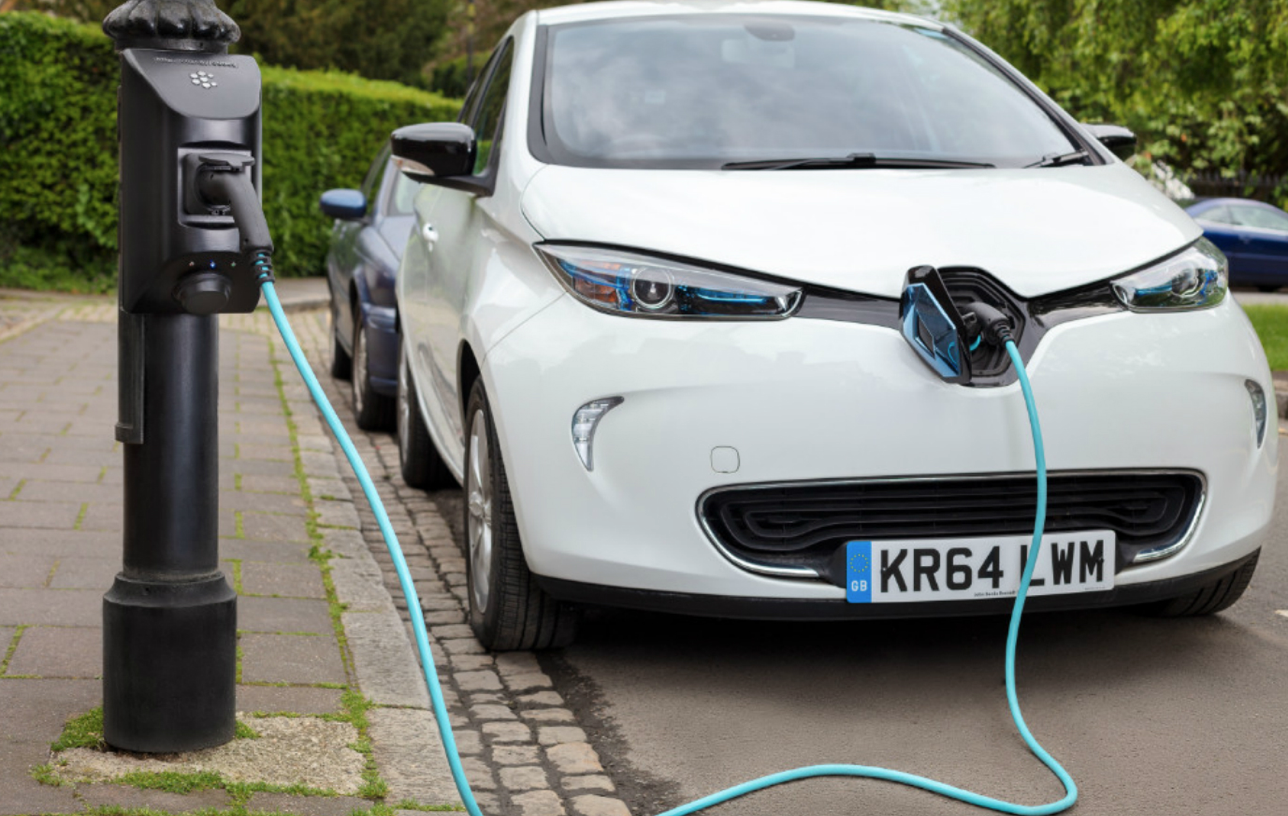
Ever since electric cars were a part of main stream culture, a selection of people aren’t convinced they’ll be viable or work in the long run and with the 2030 ban of new car sales that are only combustion based looming, there is a need for some extra information on the infrastructure.
This month, the DfT (Department for Transport) has provided some extra information on how many public electric chargers are out there for use and in fact that number has increased by 18% in the past year bringing the total to 19,487. 3,530 of those are rapid chargers.
The rise in the number of charge points across the UK is very encouraging and sends all the right signals to drivers who might be thinking about opting for an electric model next time they change their car. Add in the fact that many people with electric cars can charge from home and overall it’s a positive picture. But there’s still a way to go and the focus now needs to be on installing as many fast chargers as possible, given that less than a fifth of public chargers are rapid. While the speed of fully charging an electric car can’t compete with the five minutes or so it takes to fill up a petrol or diesel model, a greater number of faster chargepoints could help tempt more people to ‘go electric’ sooner.”
Rod Dennis – RAC spokesman
So far the deployment of chargers is very randomly placed access the country, according to the DfT with London having the highest concentration of chargers per person, London is at 63 chargers per 100,000 and the whole of Northern Ireland is 17 chargers per 100,000.
By the time 2035 comes, which is when hybrids and traditional combustion cars go off sale, that to be said – used cars can still be sold. The infrastructure will be in a good place to cope with the various scenarios people live in and the government is investing a lot of money too.





